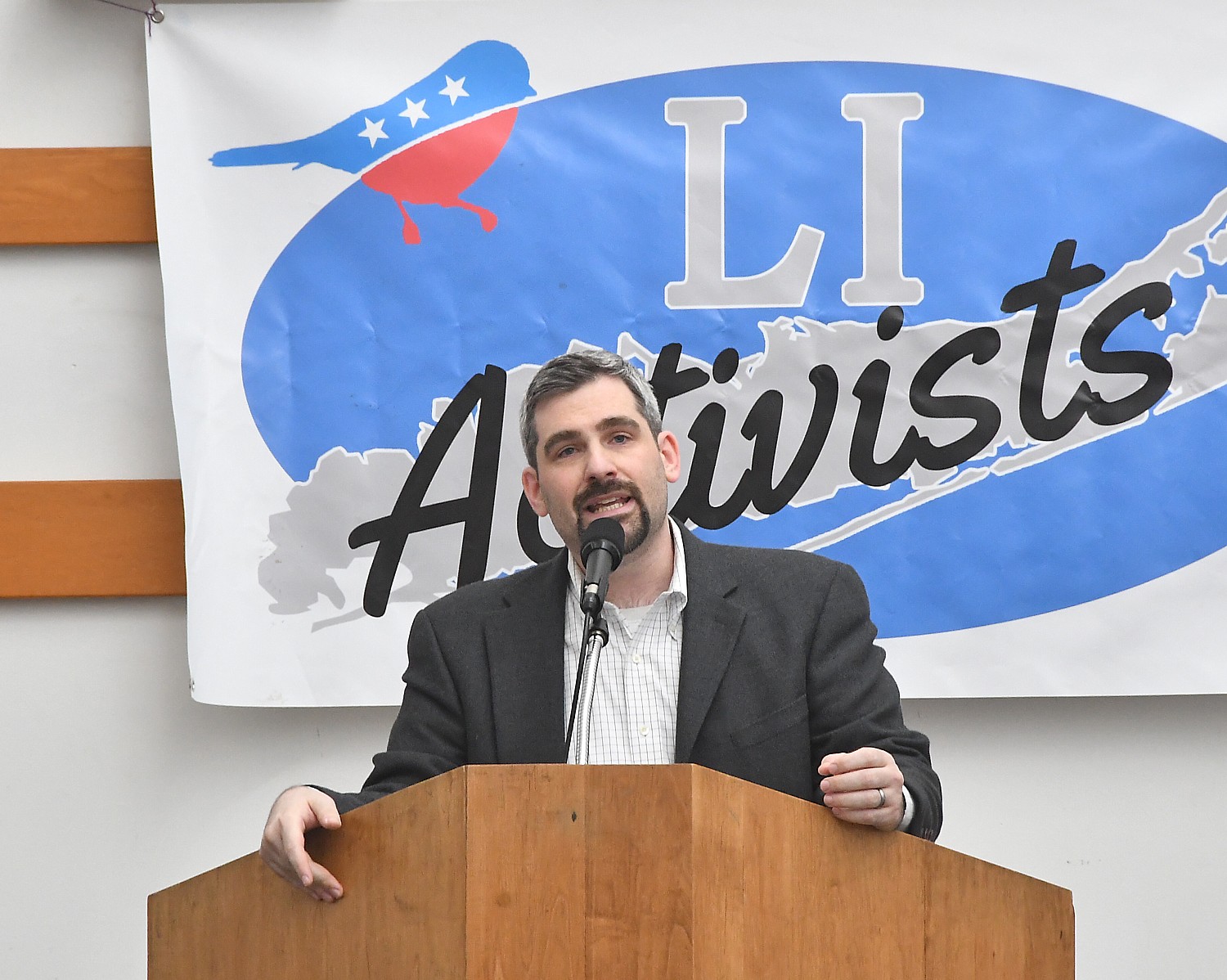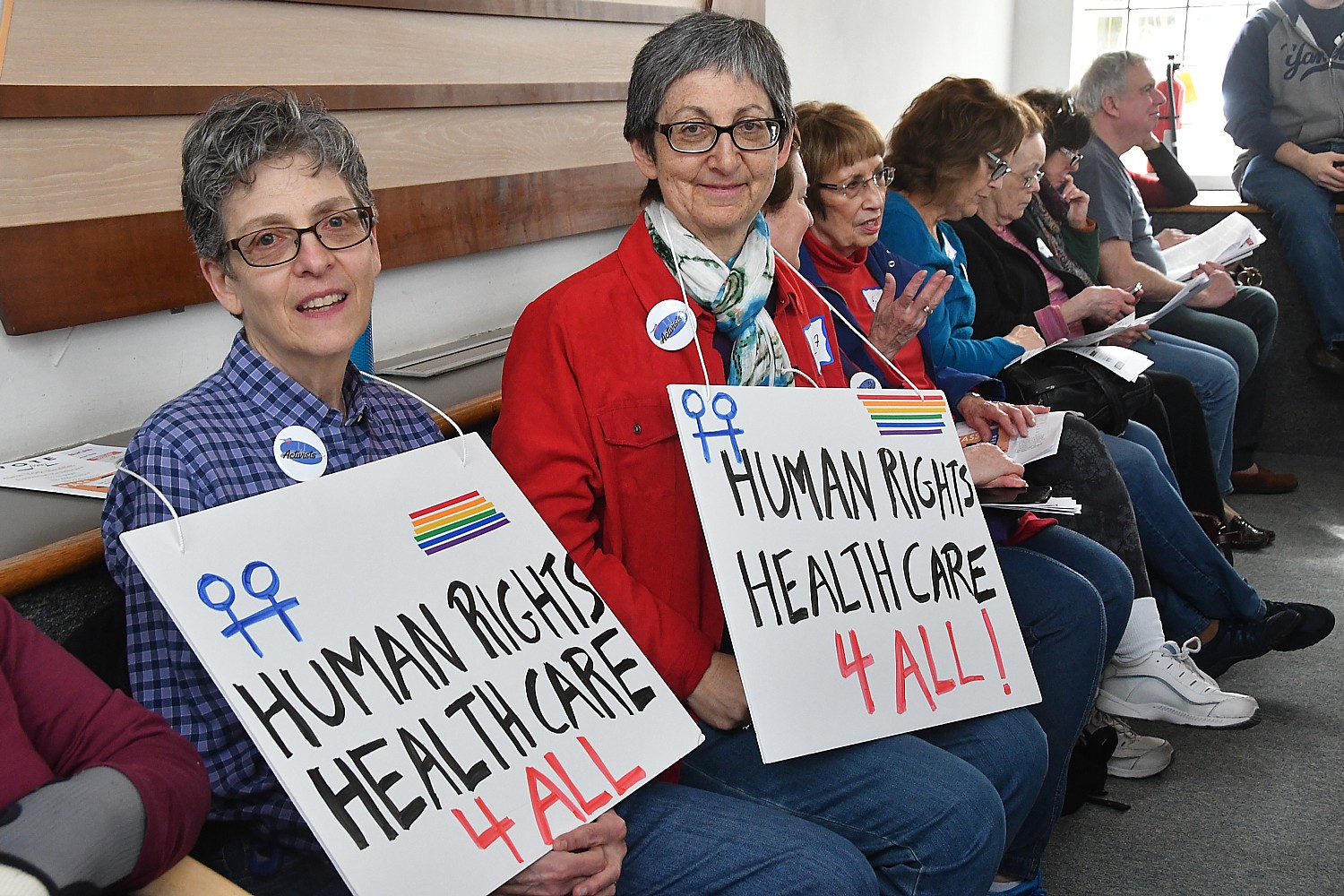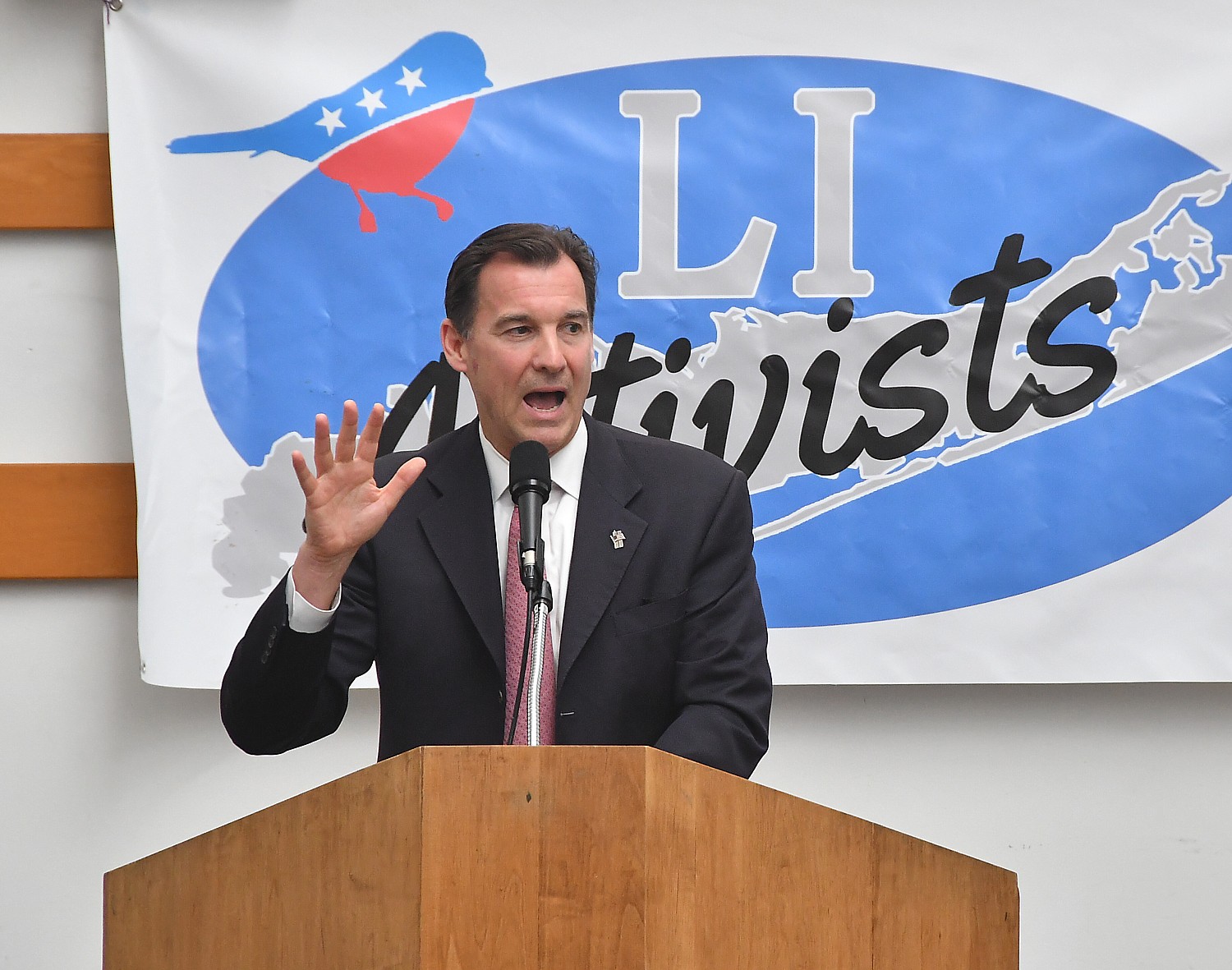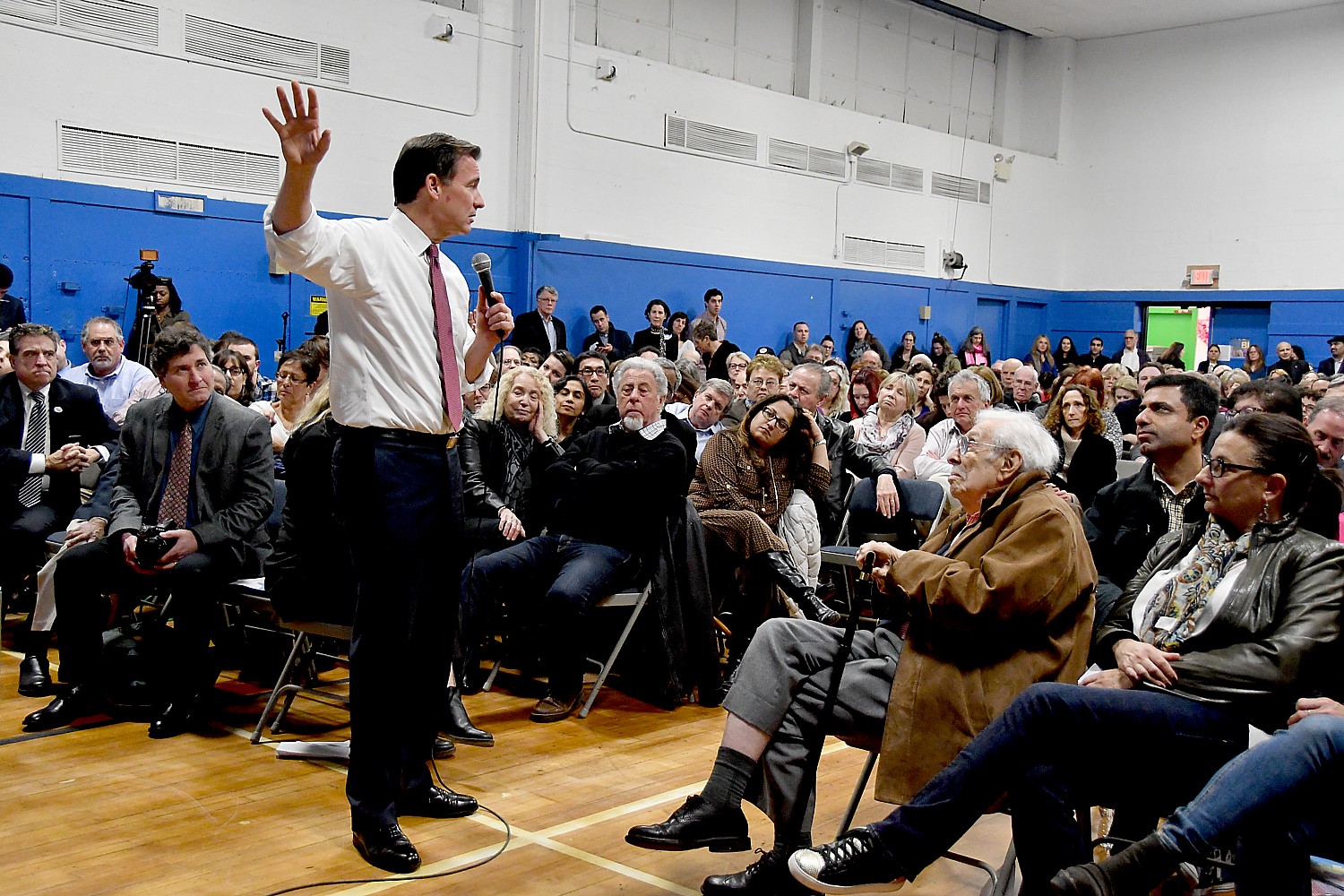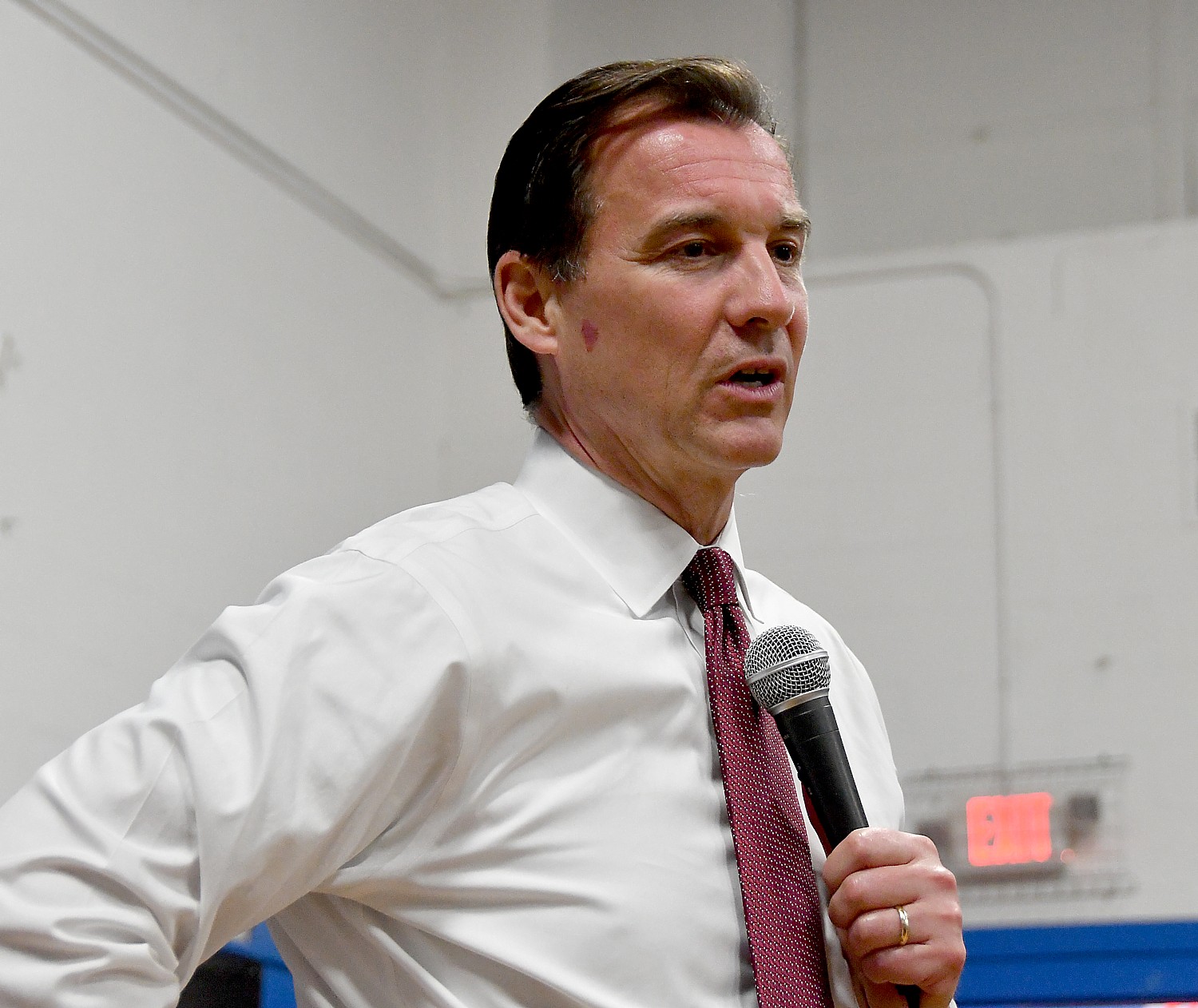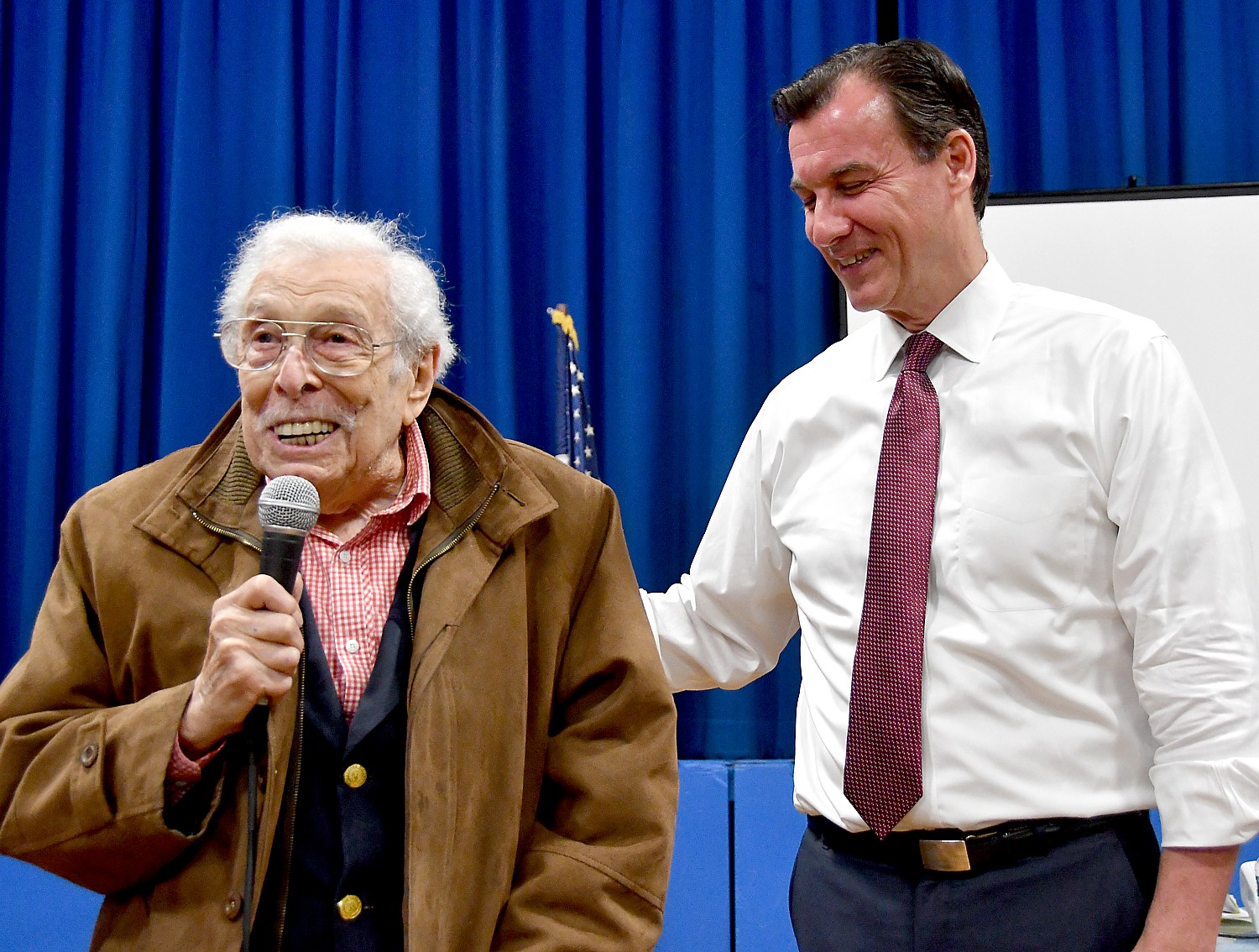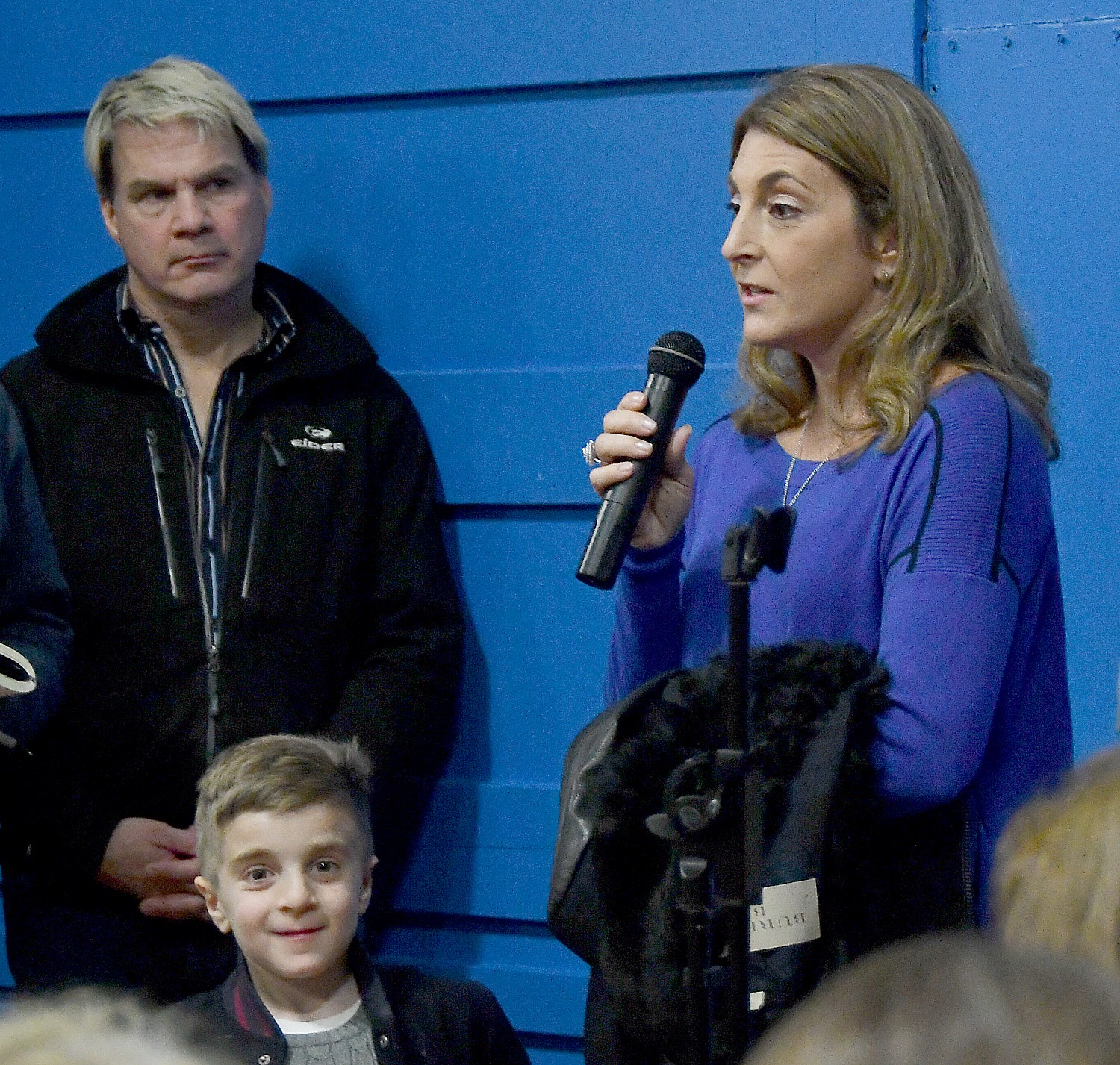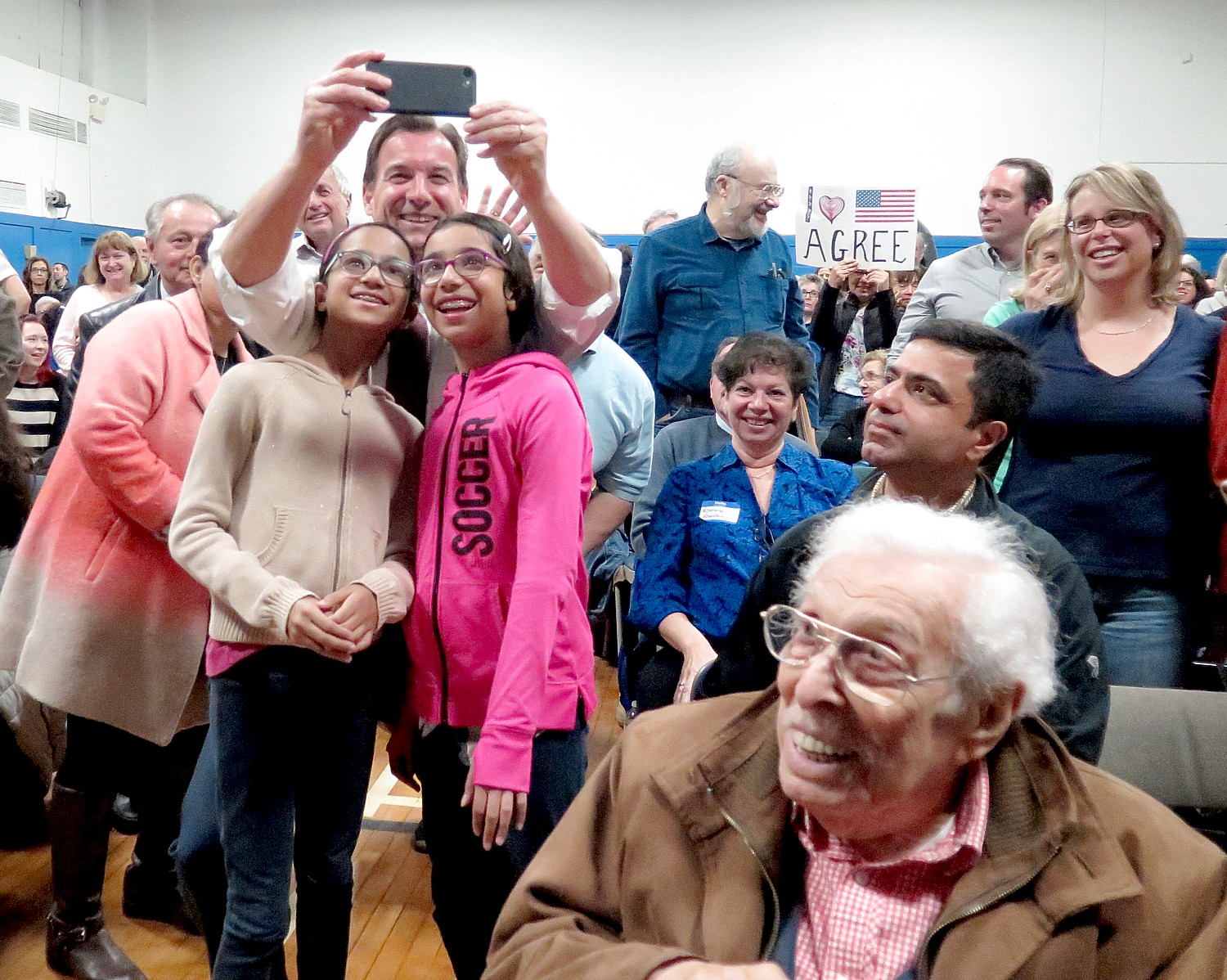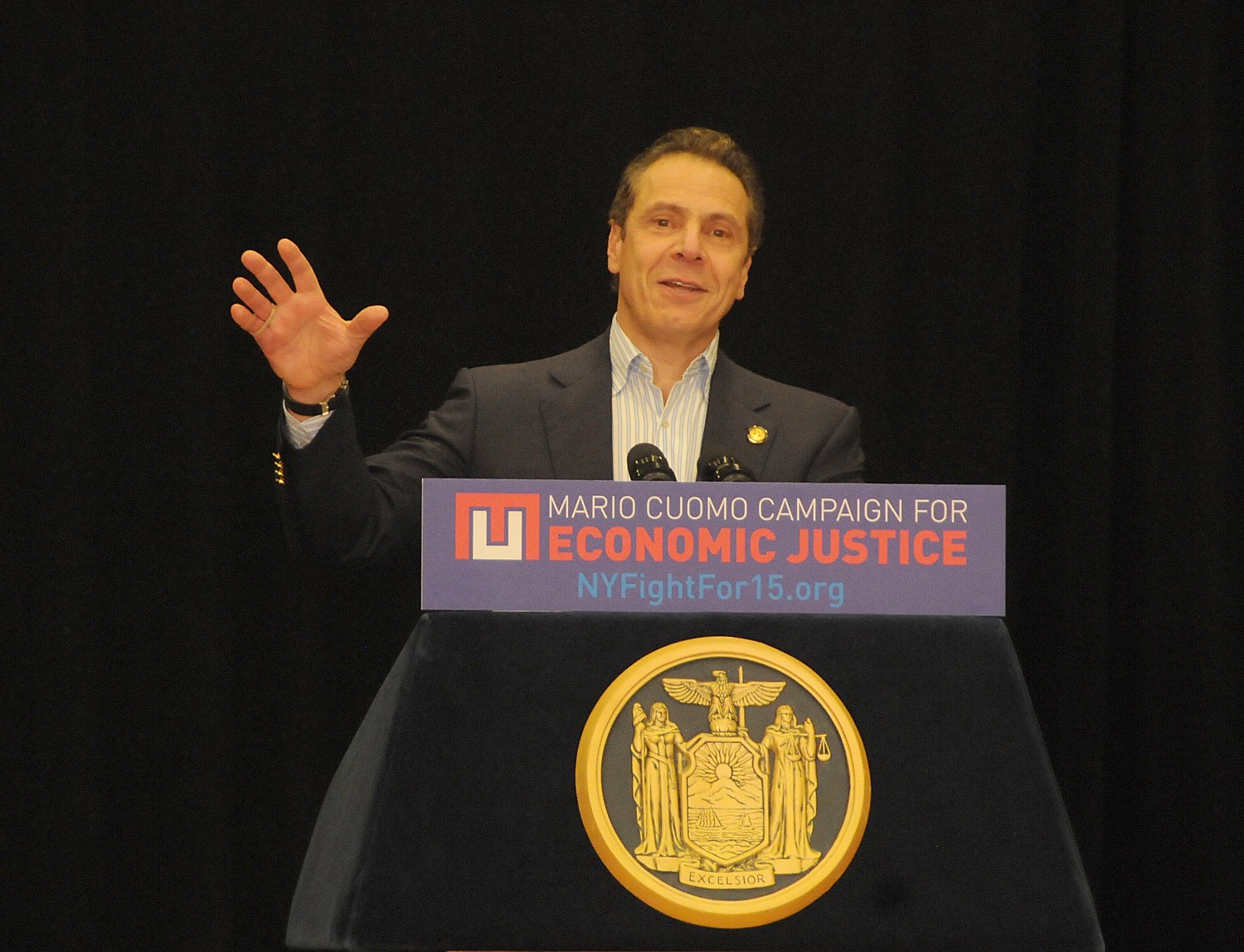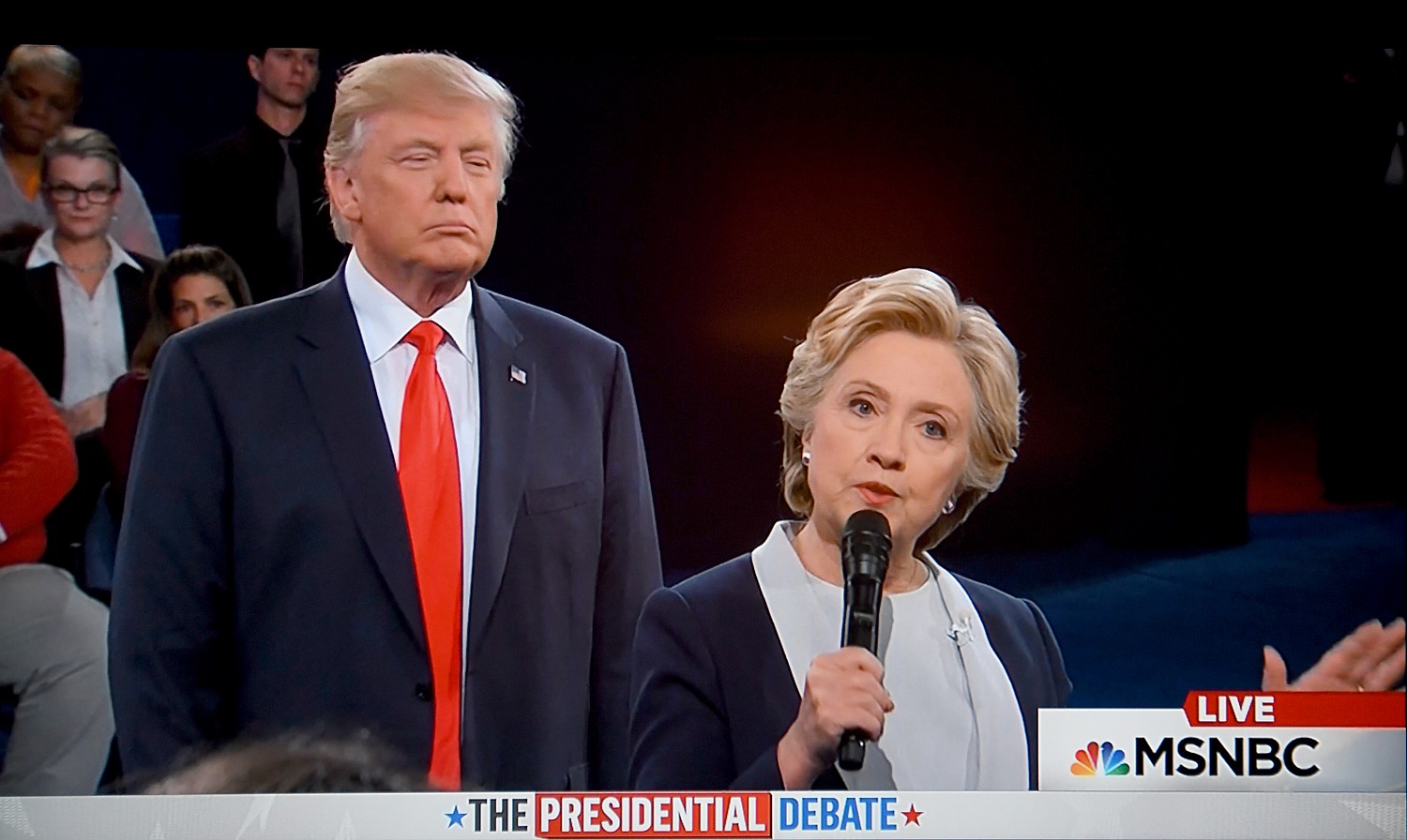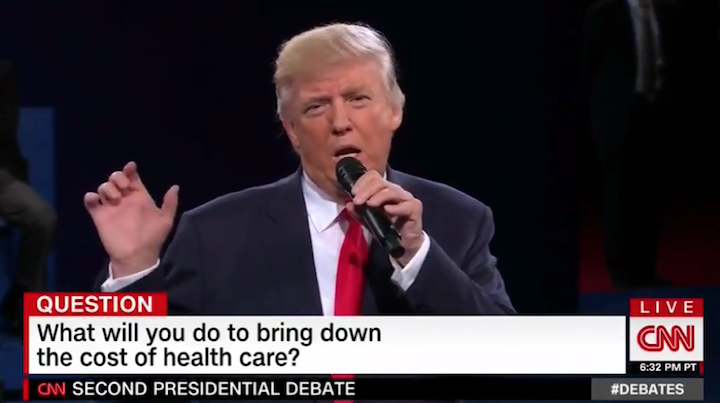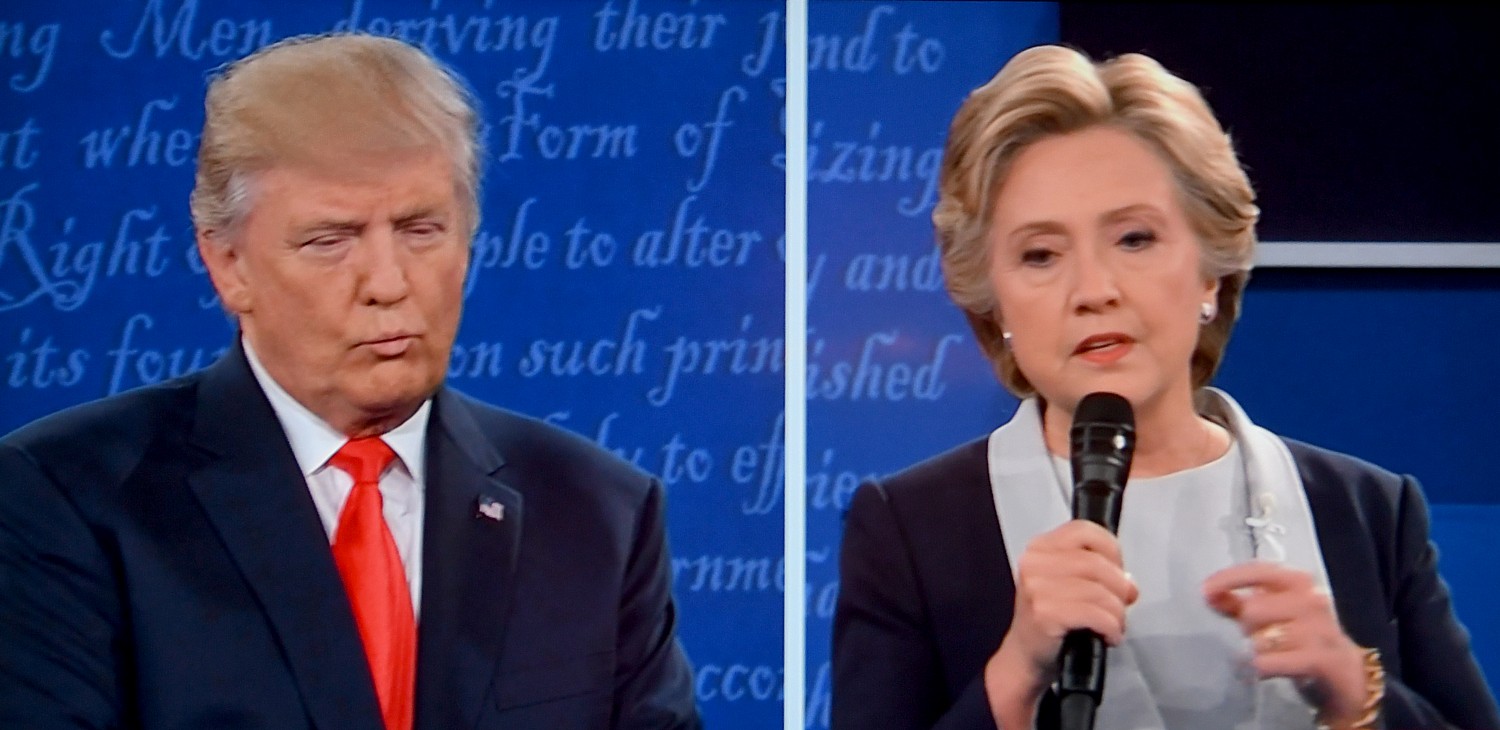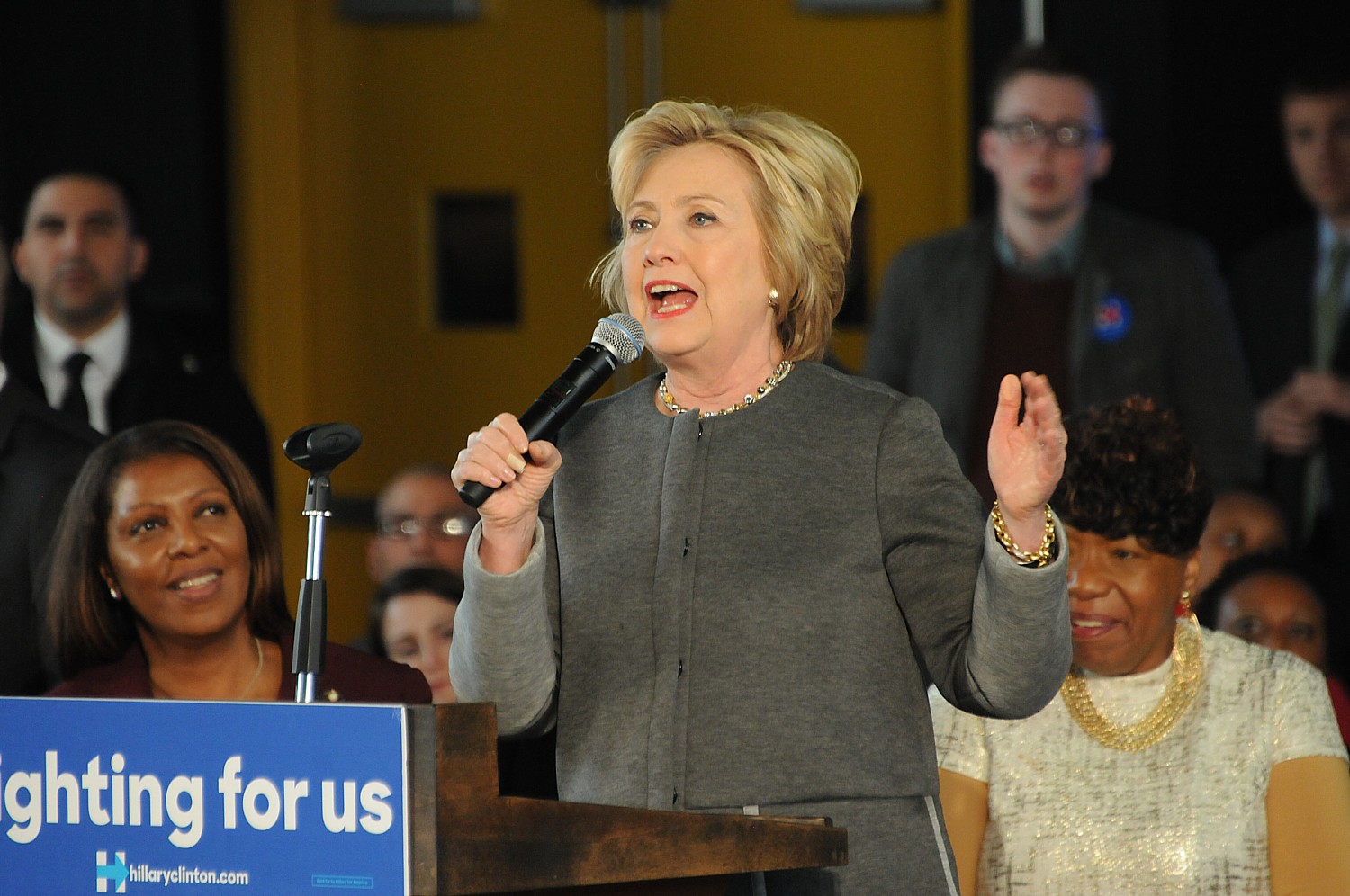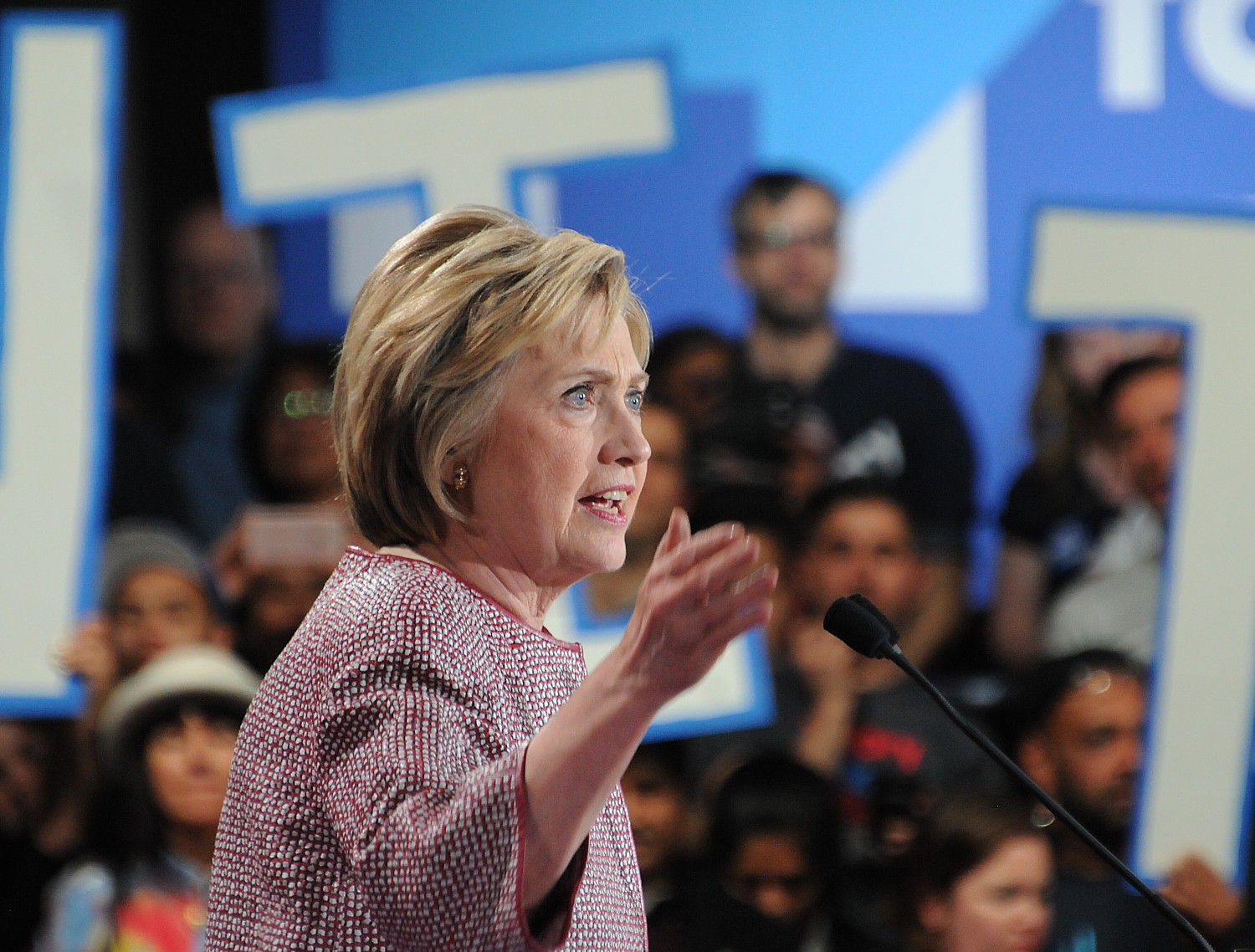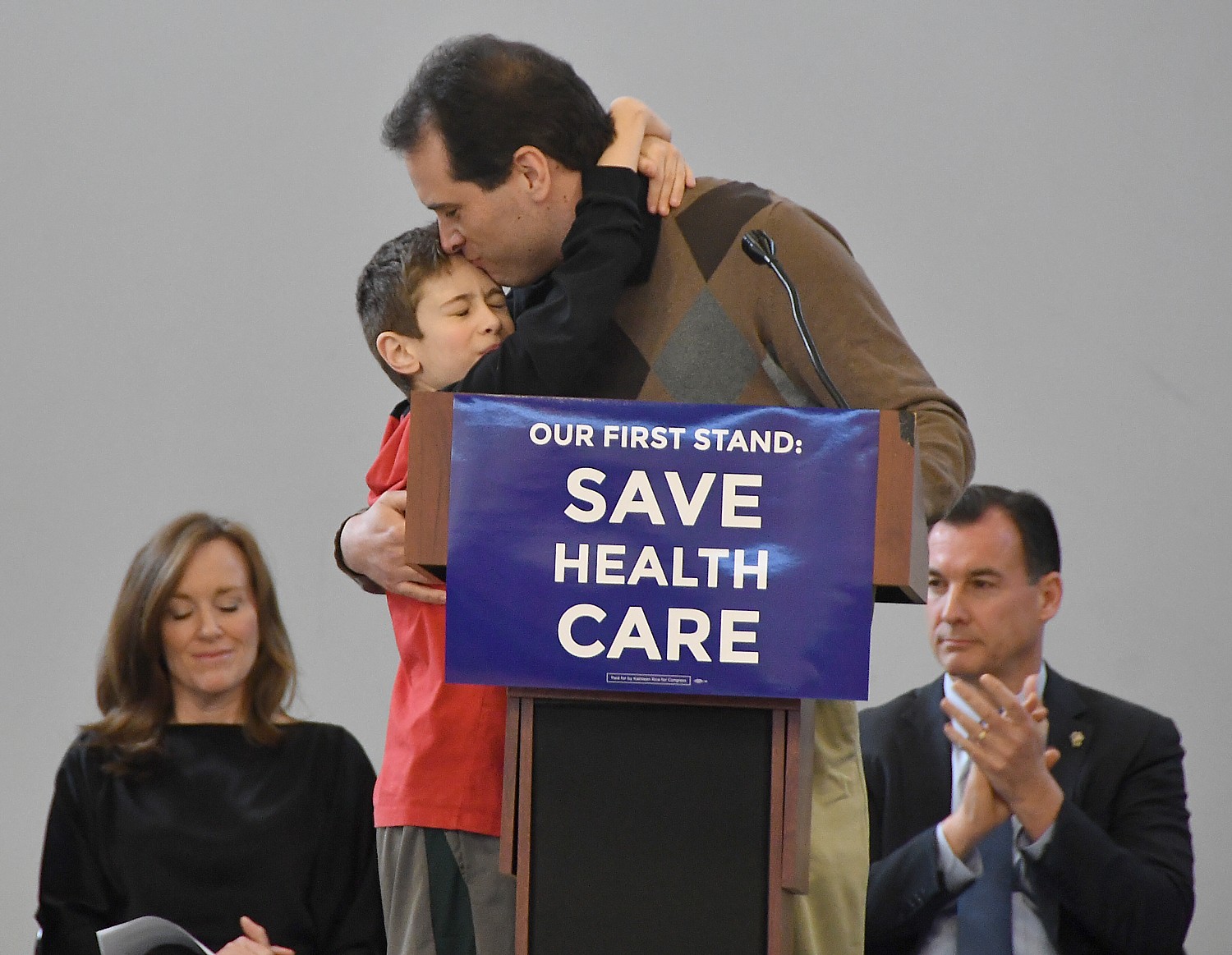
By Karen Rubin, News & Photo Features
During the Presidents Week recess when Congressmembers are supposed to meet with constituents, I attended two jam-packed rallies focused on saving Obamacare (this followed the rallies held coast-to-coast in the days before the inauguration). In each of these, desperate people (dismissed by Republicans as “paid professional agitators”) stood up to preserve the Affordable Care Act.
While not perfect (after all, how could it be when Obama had to thread a ridiculously tiny needle to get anything passed the Republican wall of opposition), Obamacare has brought coverage to 20 million previously uninsured people, reducing the percentage of uninsured Americans to a historic low of 8.6%, allowed children up to age 26 stay on their parents’ plan, mandated coverage for preexisting conditions, ended lifetime caps, capped the amount of premium that for-profit insurance pocketed for non-patient purposes at 20% (versus 97% that Medicare spends on patient care ), instituted basic standards of coverage that included, for the first time, wellness visits, coverage for certain regular tests (mammograms, colonoscopy).
The secret sauce? Mandating coverage or else pay a penalty, but if you didn’t earn enough to pay, you would be able to get subsidies from the government Why? Because the whole thing revolved around the idea that young and healthy people would pay into the system, bringing down the insurance premium for everyone. And every policy would cover certain basics, like child birth and prostate cancer, mammogram and colonscopy (ending the higher premiums for a woman).
And it was working: in the first place because if people can go to their doctors earlier, get diagnostic tests and catch illnesses earlier, they are less expensive to treat, let alone reduce the amount of suffering while increasing a person’s productivity during their prime years.
Let’s review: before Obamacare, nearly 50 million people were without health insurance and tens of thousands of families were losing health insurance as they were losing their jobs (and homes) to the Bush/Cheney Great Recession. 20,000 people a year were dying needlessly simply for lack of access to affordable health care.
And, for years, for-profit insurance companies, with a 33% margin, were raising premiums at three to five times the CPI each year; routinely dropping doctors, denying coverage, throwing people off for “preexisting conditions.” Companies were dropping health benefits for employees.
“Preexisting condition? Life is a preexisting condition, resulting from sexual contact and will invariable end in death,” Dr Martha Livingstone, vice chair of Physicians for a National Health Program, told an overflow audience at the Universalist Unitarian Church in Huntington. “We all have a preexisting condition. We all need health care because we are human beings. How we will get it?”
Congressman Tom Suozzi, who stood in front of SRO town hall at the JCC in Plainview, and again at the Huntington health care rally, and back in January, with Kathleen Rice, at a massive health care rally, said about Obamacare, “Mend it. Don’t End it.”
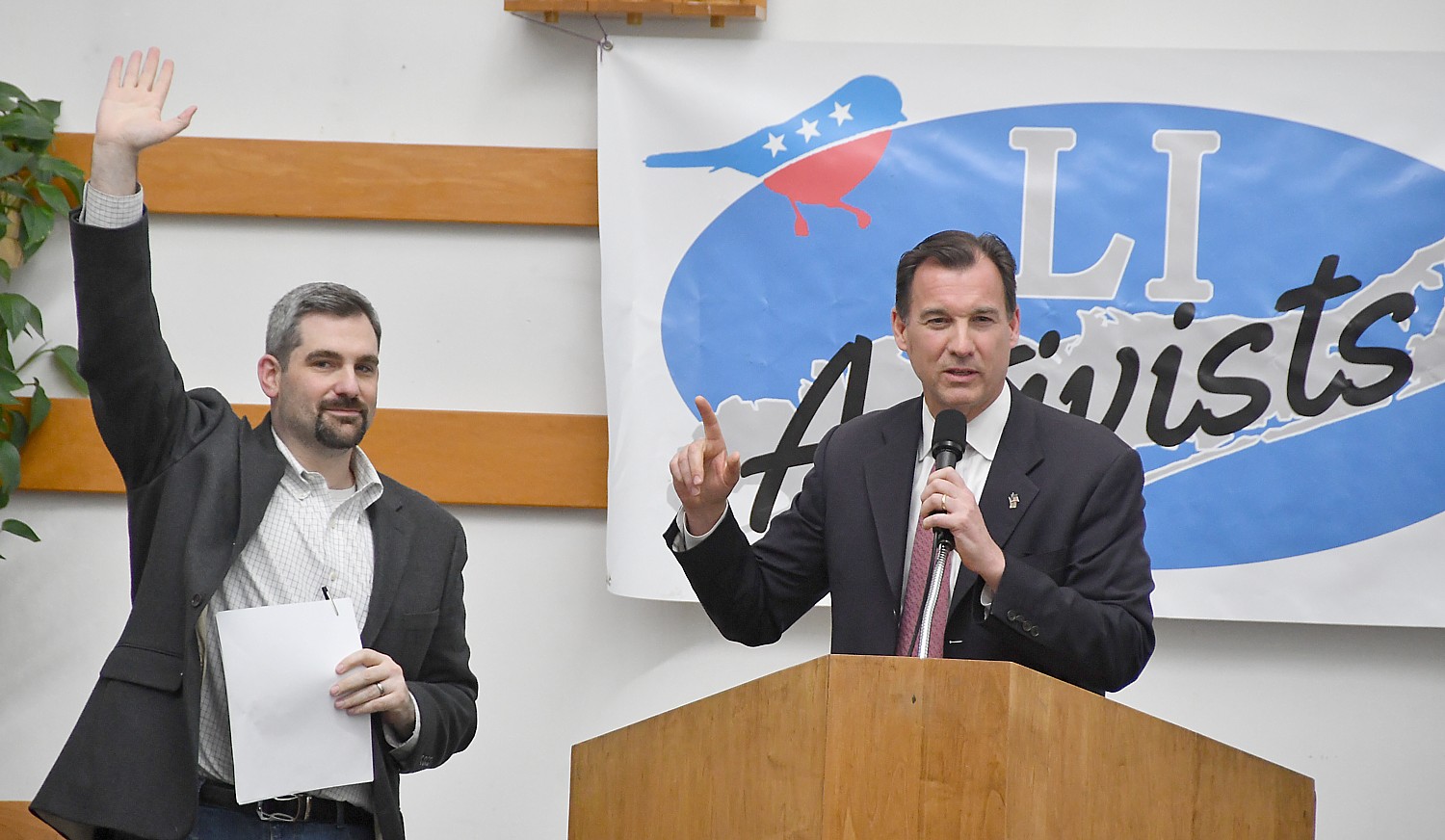
The key problems with Obamacare, people complained, are high deductibles (for the cheapest plans), that premiums rose significantly (after rising at the slowest rate of increase in 50 years and mainly because of the Republican sabotage that prevented the full implementation), and that doctors, and even insurers would change (which happened before, as well).
What Republicans are proposing now, though, doesn’t “fix” any of these problems. In essence, the Republican plan favors the healthy and the wealthy, shifting the burden of payment while providing fewer benefits onto working people, low-income people and the elderly, while – and here is the added bonus – exploding the budget deficit. Millions will lose insurance; costs will skyrocket, and Republicans are ramming it through without “scoring” its impact on the budget or people.
They concocted the bill in secret, are ramming it through without proper analysis, scrutiny or debate, or even “scoring” by the Congressional Budget Office, and here’s the added subterfuge: they are repealing the elements in stages: by 2018 for the first parts (to minimize impact on midterm elections) and by 2020 for the complete repeal (to ease the way for Trump’s reelection).
The Republican plan begins with ending that “freedom killing” mandate, which is the hinge upon which access to affordable health care rests, because by requiring everyone – young, healthy people who might otherwise defray health insurance costs – to purchase, the pool is large enough to keep premiums down for everyone, while covering everything from child birth to mental health to pre-existing conditions.
Instead of a mandate, enforced with a modest tax penalty, to insure that enough healthy, young people are in the pool to lower everyone’s premium while expanding care and access even if there is a pre-existing condition, the Republican plan provides for a 30% “surcharge” if you have let insurance lapse more than 60 days. So if you have lost your job, and therefore your health insurance, and can’t pay, you will only get further and further behind.
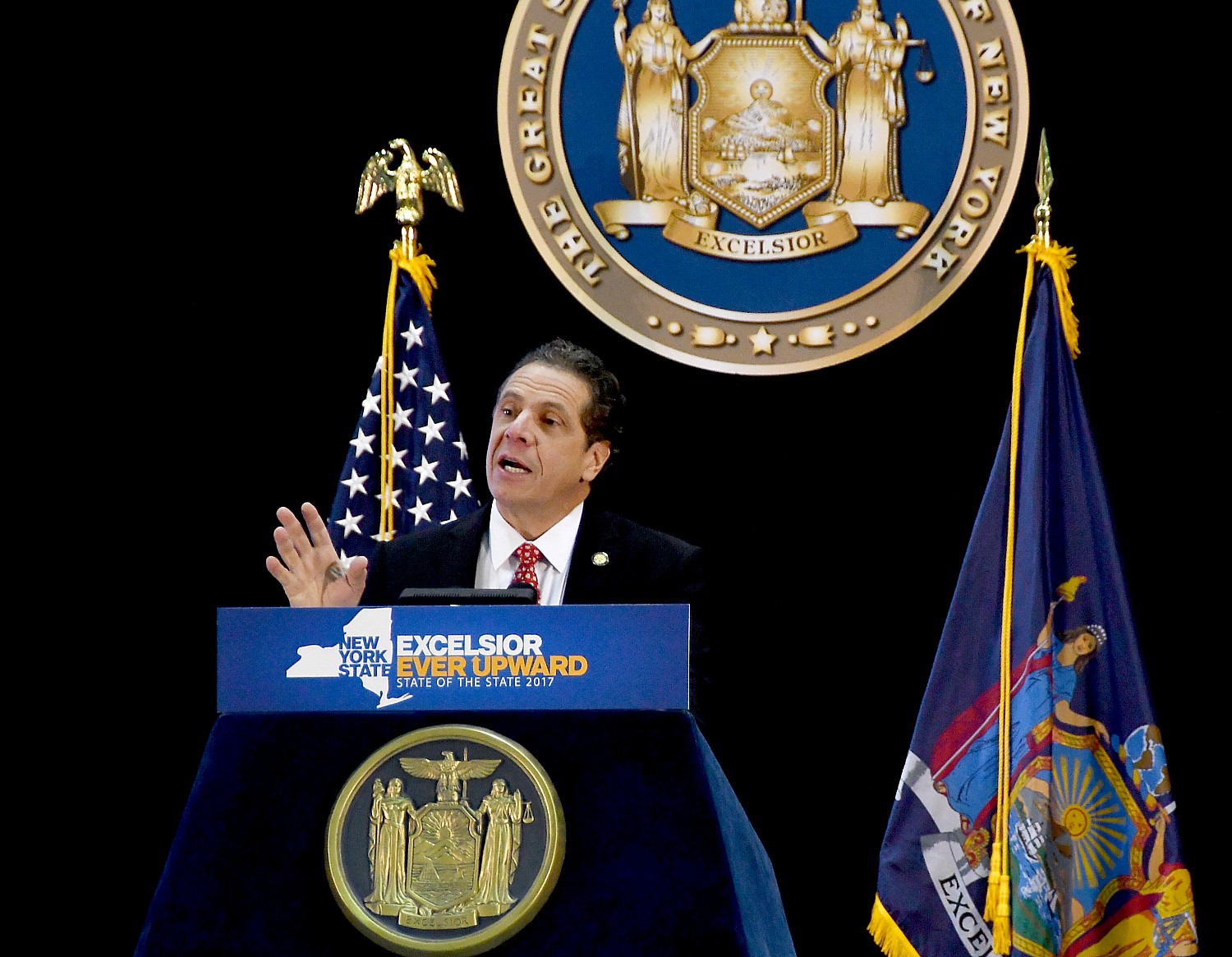
The other prime elements:
Instead of subsidies for people who don’t earn enough to purchase health insurance, Republicans want to give tax credits, which only are beneficial if you earn enough to pay. What is more, they want tax credits not to be based on income at all, but on age, so a 60 year old would get $4000 in tax credits while a 30-year old minimum-wage worker would get $2000 –still only a fraction of the cost of a minimally basic health plan – up to $14,000 in credits for a family.
The other big idea to “afford” health care is the Health Savings Account, which Republicans have wanted forever – another scheme to bolster Wall Street donors, and provide yet another device for the wealthiest to shield income from tax. The flaw is that you need to have enough money to stash away in HSA to begin with. But suppose you get a cancer diagnosis or are hit by a car before you have accumulated sufficient funds? Or you contract some illness that blows through your HSA? Tough luck.
The GOP plan would end the Medicaid expansion – when the federal government paid 90% instead of 50% of the state’s Medicaid cost — which will result in 10 million people in 31 states losing health insurance.
Another keystone of the GOP health care con is to give states block grants – a fixed amount that has no correlation to actual need. The interesting thing is that Governors tend not to use the money for its purpose (health care for the poorest residents), but for pet priorities like lowering taxes for businesses.
The Republicans say they want to shift “power” back to the states. But states always had the ability, before, to devise their own health care plan, as long as it met basic standards of the Affordable Care Act. What states want is the ability –and the excuse – not to provide universal coverage.
Republicans will claim that their plan will continue to cover pre-existing conditions. But their idea is to stick people with pre-existing conditions into high-risk pools, which could put the cost out of reach.
Indeed, no one has bothered to mention that Obamacare capped the amount that the for-profit insurance companies could charge for non-patient services – it was at 33% (versus a 3% administrative budget for Medicare) before the ACA, which required 80% of the premium to go to patient services. That is out the window.
An added zinger, just for good, is that the plan ends federal funding for Planned Parenthood. Gotcha!

Trump proposes to cure the cost problem making it possible to buy insurance across state lines, without saying how that would actually reduce the cost of the premium, under the pretext that “competition” will lower the cost. Except that the same few companies dominate the market in most states, and like airlines, can just raise premiums as they like. Also, this would negate New York’s ability to set standards on insurance companies. And wouldn’t it also mean that New Yorkers would pay the higher premium for Southern obesity?
Most of the changes are phased in – they don’t get implemented until after the 2018 midterm elections, and Obamacare is not completely repealed until after the 2020 elections.
But what Republicans claim is the “unsustainability” of Obamacare is the result of Republicans efforts to sabotage it from day 1. And the first thing that Trump did? Ended enforcement of the mandate and issue a proposal to cut next year’s enrollment period in half allow insurance companies to easily raise deductibles, limit patients’ choice of doctors, and restrict others from getting covered mid-year — even if they have a child or lose their employer-based insurance. Insurance companies are pulling out because the Republicans are intentionally making it impossible for them to do business.
By immediately repealing the mandate as well as the taxes that support Obamacare, it is truly unsustainable and more insurance companies that are planning premium rates and participation now, will either pull out or hike up premiums to ridiculous levels because essentially, they are only insuring sick, older people.
The taxes that pay for the Obamacare health care benefits are also being immediately repealed which will explode the budget deficit, which somehow, Republicans only care about when a Democrat is in the Oval office.
And here is the stunner: the Republicans, who have worked this up in secret, without any debate or public commentary (they dismiss the millions who have come out to town halls, rallies and protests as “paid professional agitators” instead of people with real concerns), plan to shove the legislation through without even scoring by the Congressional Budget Office. They can’t say how much health insurance will cost in TrumpWorld, or how many people will wind up losing health insurance or who wind up being woefully uninsured because they can only afford a minimal policy that doesn’t actually cover anything. They can’t say how many more employers (only about half were offering health insurance benefits before ACA) will simply stop providing any health care benefit at all. That’s Freedom! That’s Choice!
“Do we want people to have socialized medicine or individual accountability, personal choice, where businesses decide?” Congressman Chris Collins (R-NY) asked hypothetically.
Obamacare did not just benefit the 30 million people who were able to afford health insurance, 20 million of them for the first time. It benefited every American who also has insurance, and every American who has Medicare, as well. And remember the complaints with Obamacare? That deductibles were too high; premiums went up significantly from the first year (except they had traditionally gone up at 3 to 5 times the CPI, without any limits). That doctors left the plan or insurance companies changed the plan to exited the exchanges? The Republican plan does not improve any of this. Instead, it returns health care to the total control of for-profit companies, who can raise premiums at will, drop doctors at will, set lifetime caps or refuse to cover certain procedures.
Health care should be a right, not a privilege reserved with the means to pay for it. But the Republican mold would create a system of unequal protection throughout the land. If you happen to live in New York State, you are likely to have better access to life saving, life-affirming care for your family than if you live in Texas.
The Republican plan is a prescription for sicker people who don’t get the checkups, early diagnosis and wellness care to prevent more serious (and costly) and deadly maladies. But they don’t care. Indeed, the rightwingers like Freedom Caucus who are howling mad at the American Health Care Act are upset that it is not draconian enough, that it is “Obamacare Light”.
In TrumpWorld, people are back at the mercy of the for-profit health insurance and health care industry, back under the thumb of employers and abusive spouses. Now that’s freedom-killing, as much as it is a death penalty.
It is as Alan Grayson said early in the Obamacare debate: “The Republican health care plan: don’t get sick. The Republicans have a back-up plan in case you do get sick … Die quickly!”
Rightwingers, conservatives don’t hate Obamacare because it smacks of “socialized medicine.” They hate it because they believe when everyone is entitled to health care, there will be a shortage of doctors, of hospital beds. They will have to wait for appointments. They fear “rationing,” not caring that to avoid that feared scenario, it means that 50 million people will be excluded from health care system altogether.
The solution to having truly universal health care is to reform the health care system – more physicians assistants, nurse practitioners, online diagnosis and triage, more early diagnosis and wellness care.
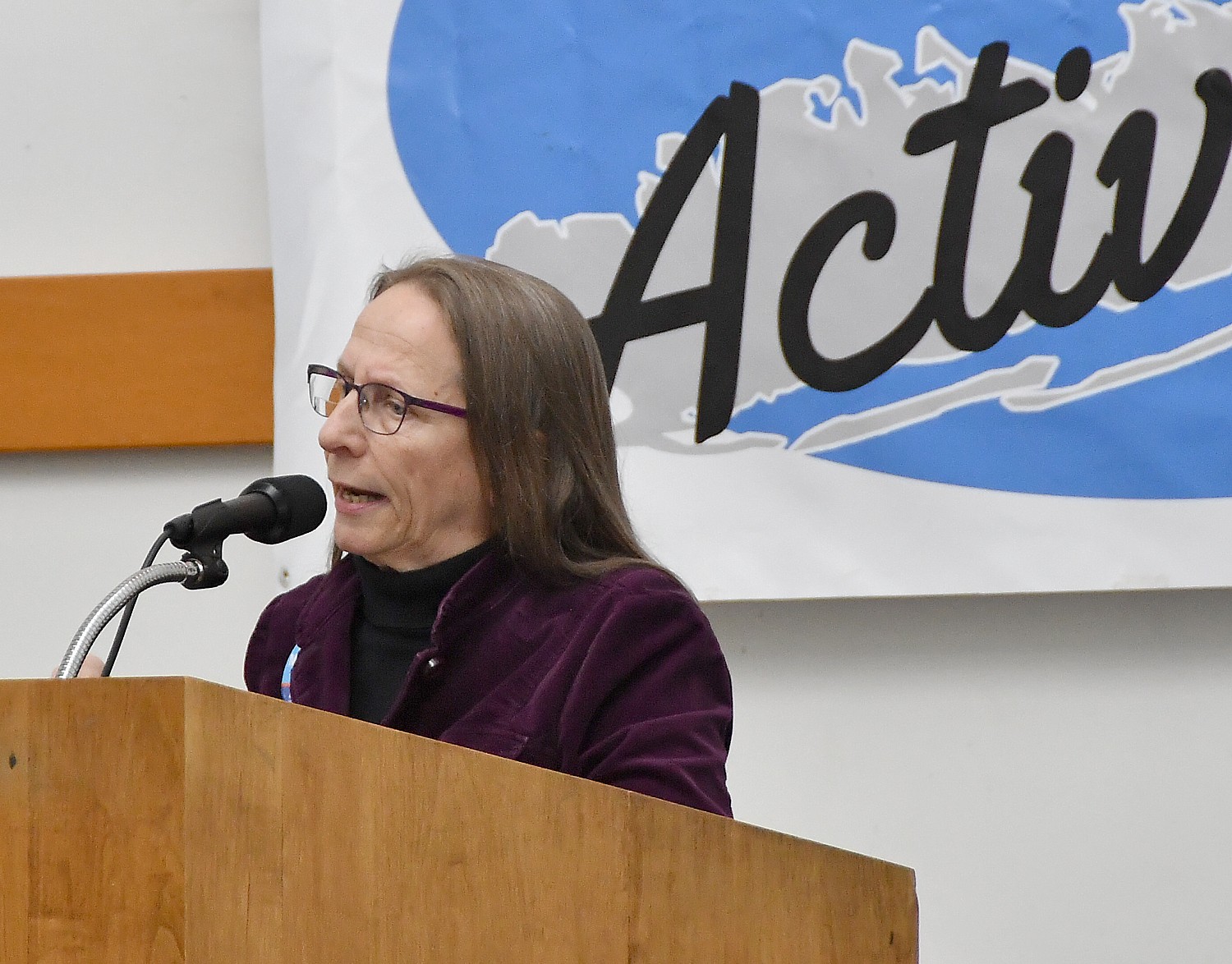
Contrary to the rightwing hysteria (death panels!) Obamacare is not socialized medicine because it bent health care into a pretzel in order to retain for-profit health insurance entities as the gatekeeper between patients and health care. But the epic failure of the Republican plan, which more than restores ultimate control over people’s lives and quality of life to for-profit companies and employers and abusive spouses, will likely result in a true universal, Medicare-for-All, single-payer system.
Trouble is, that won’t happen for decades more, and not until after hundreds of thousands of people have suffered miserably, died needlessly, prematurely, for lack of access to timely, affordable, quality health care.
______________________
© 2017 News & Photo Features Syndicate, a division of Workstyles, Inc. All rights reserved. For editorial feature and photo information, go to www.news-photos-features.com, email editor@news-photos-features.com. Blogging at www.dailykos.com/blogs/NewsPhotosFeatures. ‘Like’ us on facebook.com/NewsPhotoFeatures, Tweet @KarenBRubin





